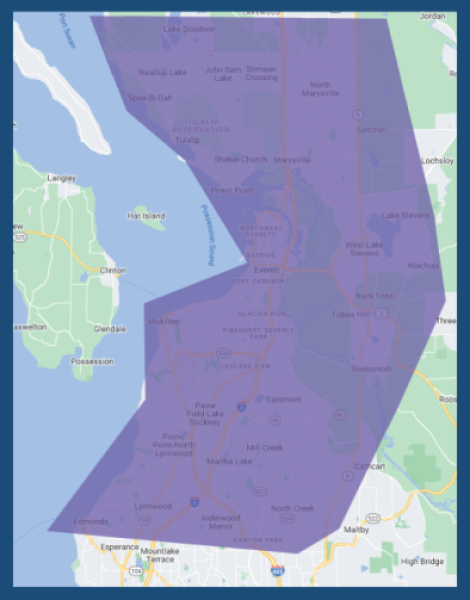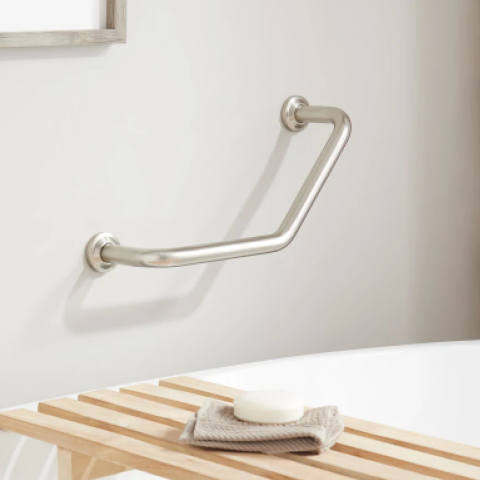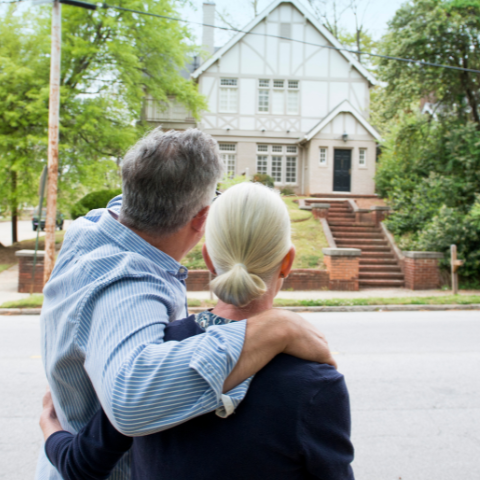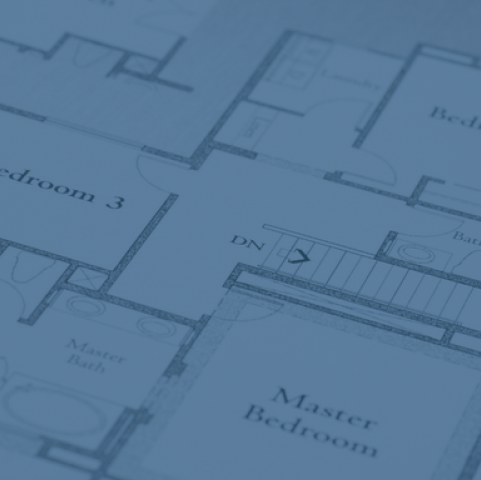Universal Design Remodeling
Is your home falling short of meeting your needs? Look no further than VanderBeken Remodel for the perfect solution! Our team specializes in assisting homeowners in Snohomish County by transforming their homes to improve safety and accessibility. With our dedication to creating personalized living spaces, we ensure a comfortable and secure environment that caters to your unique requirements. Let us be your guide on a remarkable journey of home modification that not only enhances your quality of life but also allows you to gracefully age in the place you call home.
FAQs About Universal Design Remodeling
How do you plan for a Universal Design remodeling?
Planning for a Universal Design Remodeling involves a thoughtful and strategic approach to ensure that the needs and preferences of older adults are met. The first step in the planning process is to assess the current home and identify areas that may require modifications to enhance accessibility, safety, and convenience.
This assessment can be done in collaboration with a Certified Aging-in-Place Specialist (CAPS) who has the expertise to understand the unique needs of older adults. The CAPS professional can provide personalized recommendations based on the individual's specific requirements and goals.
What is the most common Universal Design remodeling project?
The most common Universal Design remodeling project is the modification of bathrooms. This is because bathrooms are one of the most frequently used spaces in a home and can pose significant challenges for older adults. By implementing Universal Design principles in bathroom remodeling, individuals can create a space that is safe, accessible, and comfortable for people of all ages and abilities.
Some common modifications in bathroom remodeling include installing grab bars near the toilet and in the shower or bathtub area to provide stability and support. Non-slip flooring and a curbless shower entry can also be incorporated to prevent slips and falls. Additionally, replacing traditional faucets with lever handles and installing adjustable-height showerheads can make bathing easier for individuals with limited mobility.
Furthermore, Universal Design bathroom remodeling projects may involve widening the doorway to accommodate wheelchairs or walkers, as well as installing a raised toilet seat or a walk-in bathtub for added convenience and accessibility. These modifications not only promote safety but also enhance the overall functionality and usability of the bathroom.
By focusing on bathroom remodeling as a common Universal Design project, individuals can create a space that addresses the specific needs of older adults and promotes independence and dignity in daily routines.
For a list of recommended modifications check out our article called "12 Home Improvements to Support Aging in Place."
Is Universal Design remodeling more expensive?
When it comes to Universal Design remodeling, one of the main concerns is often the cost. However, it's important to note that while some home modifications for aging in place may come with higher upfront costs, they are still significantly more affordable in the long run compared to alternatives like nursing homes.
According to data from LongTermCare.gov, the average cost for a semi-private room in a nursing home is around $6,844 per month, and for a private room, it's even higher at $7,698 per month. These costs can quickly add up and may not be sustainable for everyone.
On the other hand, Universal Design remodeling offers a cost-effective solution that allows individuals to age in place comfortably and safely. By making modifications to their homes, such as installing grab bars, widening doorways, or adding ramps, individuals can create a space that accommodates their changing needs without the need for expensive institutional care.
While there may be higher upfront costs associated with Universal Design remodeling, these investments can pay off in the long run. Not only do they provide individuals with the freedom and independence to live in their own homes, but they can also increase the value of the property. Universal Design features are becoming increasingly sought after, as more people recognize the importance of creating accessible and inclusive living spaces.
Working with a Certified Aging-in-Place remodeler, such as Jennifer and Ron VanderBeken, can also provide added peace of mind. These professionals have specialized knowledge and expertise in Universal Design remodeling and understand the unique needs of older adults. They can guide individuals through the remodeling process, ensuring that modifications are tailored to their specific needs and goals.
What is an in-law suite, and is it a good investment?
An in-law suite, also known as a guest cottage, mother-in-law suite, is an attached or detached dwelling unit that serves as an additional living space on the same property as the main home. It can be as large as a two-bedroom apartment or as small as a primary suite. In-law suites have become increasingly popular due to the affordable housing crisis and the rising trend of multigenerational households in America.
These suites offer versatile options for homeowners, as they can be utilized for various purposes. They can serve as rental units, providing additional income for homeowners. Alternatively, they can be used as apartments for live-in nurses or caregivers, allowing individuals to receive the necessary support while maintaining their independence. Additionally, in-law suites are an excellent option for housing family members and friends, providing them with a comfortable and private space.
Moreover, in-law suites offer practical benefits for homeowners. They provide a convenient living arrangement for aging parents or relatives, allowing them to be close to their family while maintaining their autonomy. In-law suites can also create a sense of privacy and independence for both the homeowners and the occupants.
Homeowners can use in-law suites as rental units, as apartments for live-in nurses and to house family and friends. As such, these additions can be a worthwhile investment. To learn more about the value of home additions, head over to our resource "Snohomish County ADUs and Home Additions."
The First Step Towards Transforming Your Home into a Safe and Comfortable Space
To take the first step towards transforming your home (or the home of a loved one) into a safe and comfortable space for aging in place, we invite you to book an initial phone consultation with our team at VanderBeken Remodel.
By booking a call with us, you will have the opportunity to discuss your specific needs and goals, allowing us to tailor our expertise to your unique situation. Our experienced professionals will guide you through the entire process, providing you with the knowledge and support you need to make informed decisions about modifying your home. Together, we will create a comprehensive plan that prioritizes safety, security, and your overall well-being as you age gracefully in the place you call home. Don't wait any longer – book a call with VanderBeken Remodel today and let us turn your dreams into a reality.
For more information about our approach to remodeling, read through our process.
VanderBeken Remodel Service Area for Universal Design Remodeling in Snohomish County
Our service area for Universal Design remodeling in Washington extends to various cities and towns in Snohomish County:
- Universal Design in Edmonds, WA
- Universal Design in Everett, WA
- Universal Design in Marysville, WA
- Universal Design in Mill Creek, WA
- Universal Design in Mukilteo, WA
- Universal Design in Snohomish, WA
At VanderBeken Remodel, we believe that aging should be a graceful journey filled with comfort, security, and joy. Trust us to transform your house into a place where you can thrive, surrounded by the familiarity and love that only your home can offer. Experience the difference of having VanderBeken Remodel as your ally in helping you fall back in love with your home.

Learn More About Remodeling Through Curated Life & Home
There are many many topics relevant to remodels: cost, material, design, just to name a few. Learn more about what to expect and what you must be aware of when it comes to kitchen remodels on Curated Life & Home. Click a button below to explore some of our most popular articles.






